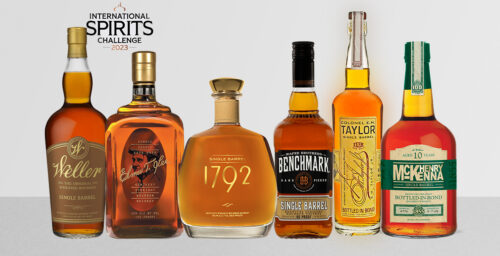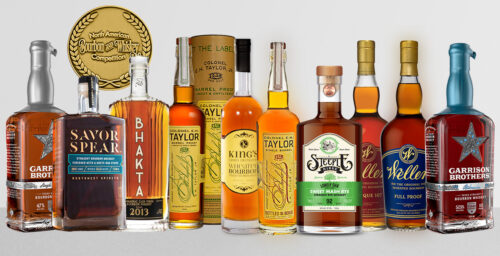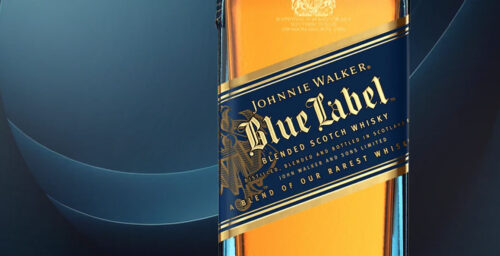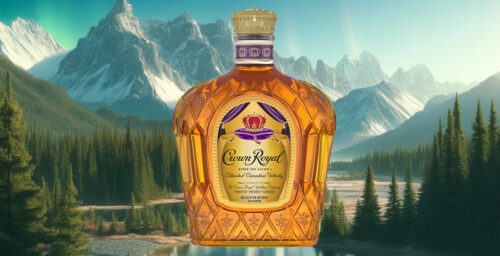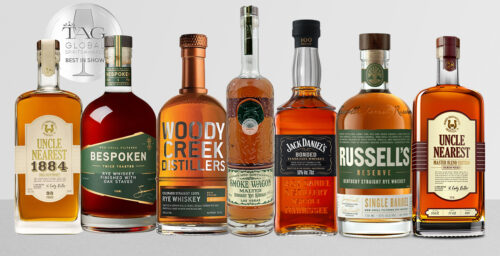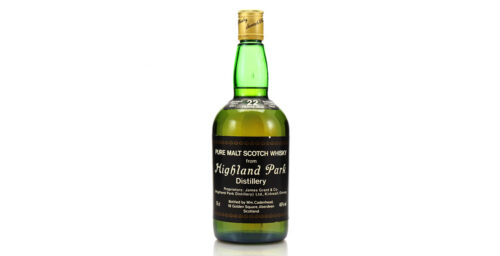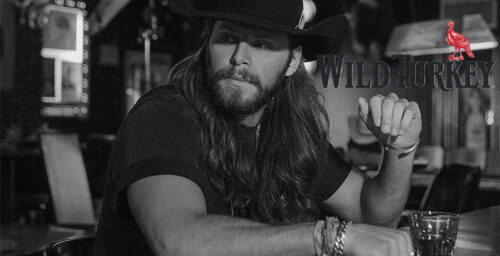If you’re a whiskey blender seeking a collaborator for a new product, who do you call?
A brewer, if you’re Sean Josephs. But the master blender and taster at Pinhook Bourbon didn’t call on just any ol’ brewer, he invited Garrett Oliver, the James Beard Award winning brewer at Brooklyn Brewery to help with this one-off bourbon.
Oliver got the nod for several reasons. He and Josephs became friends when Josephs owned and operated the bourbon-centric restaurant, CHAR No. 4, located down the street from Oliver’s Brooklyn home. A regular there, Josephs quickly figured out Oliver wasn’t just a legendary beer expert, he was an aficionado of American whiskey.
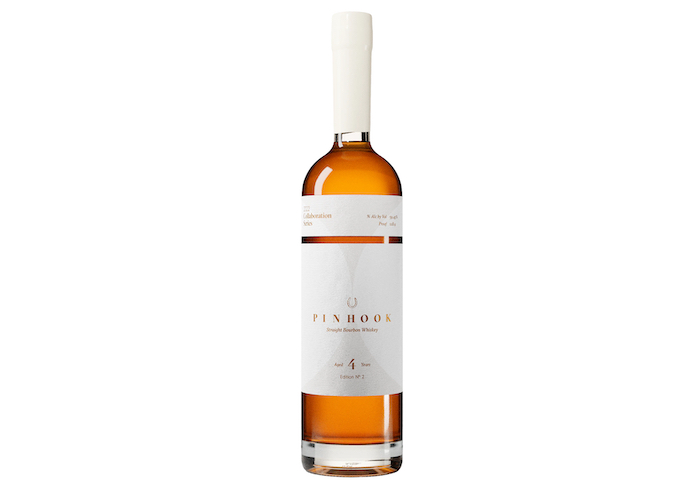
“Garrett would never say this, but he’s a pretty big deal,” Josephs said. “Having someone of his stature hanging out in my restaurant was good to say the least.”
Oliver’s involvement also meant sales of what would become Pinhook Collaboration #2 would go to a cause he founded: The Michael J. Jackson Foundation for Brewing and Distilling. The MJF awards scholarships in brewing and distilling education to Americans of color. Collaboration #2 sales will help fund 20 scholarships, Josephs said.
Friendship aside, Josephs wanted to see a master at work. Confident that Oliver’s ability to blend beers would carry over to bourbon, Josephs largely turned the project over to the brewer. A veteran of such collaborations, Oliver told Josephs that are restrictive rather than innovative; efforts in which the brand dictated what the blend would become rather than letting the liquid guide the blenders. He and Josephs agreed that the whiskeys on hand should dictate the final result and not be pressed into service of some flavor bias or goal.
“I set him up with our blending methods, and he followed our approach of blending barrels from blocks and consolidating it down to half of those,” Josephs said. Oliver wasted little time arriving at a conclusion. “His first pass at it was really excellent.”
Excellent, but not perfect. The men agreed the blend lacked character, so Oliver returned to a block of samples that originally were rejected for its sharpness and volatility.
“He swapped that out for a (sample) block that was a little more straightforward, and that second blend is what we bottled,” Josephs said. “The result was a little more dynamic and made for a better journey across the palate.”
The combination also pleased Oliver.
“That that one block I set aside became a savior in the end … proves that barrel blending is not always linear and obvious with how you’re going to arrive in the right place,” he said. “You just take things, set them aside and you ask, ‘How do all these things work together?’ And then you make 2 + 2 equal 9 and not 4.”
Yes, I asked for more clarification on his math. Here’s what he said.
“It was about being willing to push out certain (sample) blocks for the greater good of the whole,” he began.
Oliver continued, saying each addition of a whiskey requires something else be subtracted. Say 10 percent of a particularly whiskey will be added in, that means 10 percent of another will be removed from the mix. “That’s a 20 percent swing, which isn’t small. So, do you put in something neutral? Do you remove two things that are clashing? (Ultimately) you discover a certain tone and how it’s playing across your palate.”
It all came from Texas
The whiskey used in Collaboration #2 was 4-year bourbon made at Still Austin Whiskey Co. in Austin, Texas. Fortified by rye, the bourbon was deeply complex for its youth: a byproduct of aging in hot, dry Texas, Josephs said. During a Covid-inspired half-year Sprinter van trip with his family, Josephs stopped at Still Austin, met the crew, tasted its products and contracted for 25 barrels of its bourbon. Twenty went into the Collaboration blend and five were shipped to Indiana for use in future projects.
“It wasn’t a leap of faith with Nancy Fraley as its blender and the distilling team there,” Josephs began. “For them to hand it off to us without any requirement that they approve it before we release it, that was really cool. I think they all enjoyed the result.”
Oliver said it was unexpected that the bourbon drank below its 118.9 proof. But when every sample block came through with a lot of finesse, it made sense in the end.
“I understand that’s hot in Texas and how that can affect the way bourbon moves back forth through wood,” he began. “But my experience is … you can do things faster and bigger, but you’ll often get a more brutish quality that you don’t want to happen.”
In other words, that wasn’t the outcome.
Since Oliver, like many, prefers American whiskies that are a bit older, he was pleased the younger offerings delivered so much maturity.
“I tend to think the sweet spot of bourbon is closer to 7 or 8 years,” he said. “To see something come out at 4 years with that much development and everything falls into the right place—that’s a player; a bit of a revelation to me.”
If you’re interested in a bottle of Pinhook Collaboration #2—and helping contribute to The Michael J. Jackson Foundation for Brewing and Distilling—click here.

